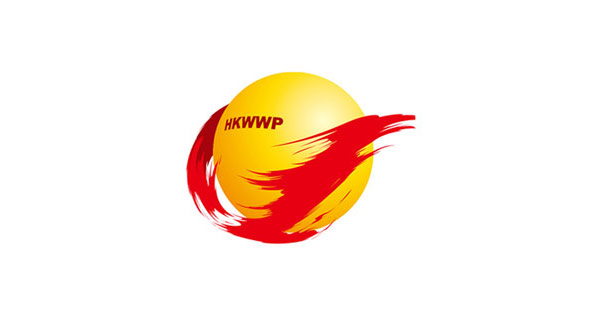In the last few articles, I was introducing to you the second largest city in Russia: St. Petersburg. I hope you have a general picture of the city, especially its history. I am now moving to another city in Russia, which is even more famous, politically important and large. I have no doubt that you have already guessed which city I am pointing at: Moscow (莫斯科).
Let's begin with some facts about Moscow. Moscow is now the capital city of Russia and has been a capital city (首都) since 1918. After the success of Russian Revolution of 1917 (1917年俄國革命), the Russian Empire (俄羅斯帝國) collapsed, and a new form of government was raised, which also signifies the shift of the capital city of this state: from St. Petersburg back to Moscow.
Here, I would like to emphasize the phrase "back to", for it indicates that Moscow was a capital city before. In previous articles, I mentioned that Peter the Great built St. Petersburg as a new capital city for his empire, and Moscow was the old capital city that Peter the Great wanted to move away from. However, even though Moscow lost its status as a capital city, it was still an important city of the Empire, especially when we looked at the population. In present, in terms of population, we all know that Moscow is the biggest city in Russia. This position is not an unexpected outcome of a rapid growth of population, but it is the result of a long and steady trend.
The establishment of Moscow has never stopped even during the time when it was not a capital city. Of course, we should not underestimate the effect of losing the status of being the capital of the Russian Empire. For example, at first, the city did suffer a decrease in population. This, in a way, is unavoidable, for when Moscow lost its political position, certain groups of people, the Russian nobility (俄羅斯貴族) and professionals would move to the new capital with the tsar.
Yet, Moscow recovered quickly and continued to develop. For example, in 1755, the second oldest university in Russia was founded (成立) at Moscow: Moscow State University (莫斯科國立大學). In addition, like everywhere else in Europe in that period of time, cities attracted people from rural areas (鄉村地區), so that the population in Moscow continued to grow.
However, this growth also caused problems, such as in Moscow, the welfare of unskilled workers had been oppressed, which, in long run, led to social instability (社會不穩定). Having said all that, during the period of "losing the status of being a capital", Moscow fell back seriously in another occasion: 1812 Moscow Fire (1812年莫斯科大火), but this is an entirely different story, which I am going to talk about next time.
■米奇 中大通識碩士,工作數年又跑去英國留學,順道看看外國文化
隔星期五見報

